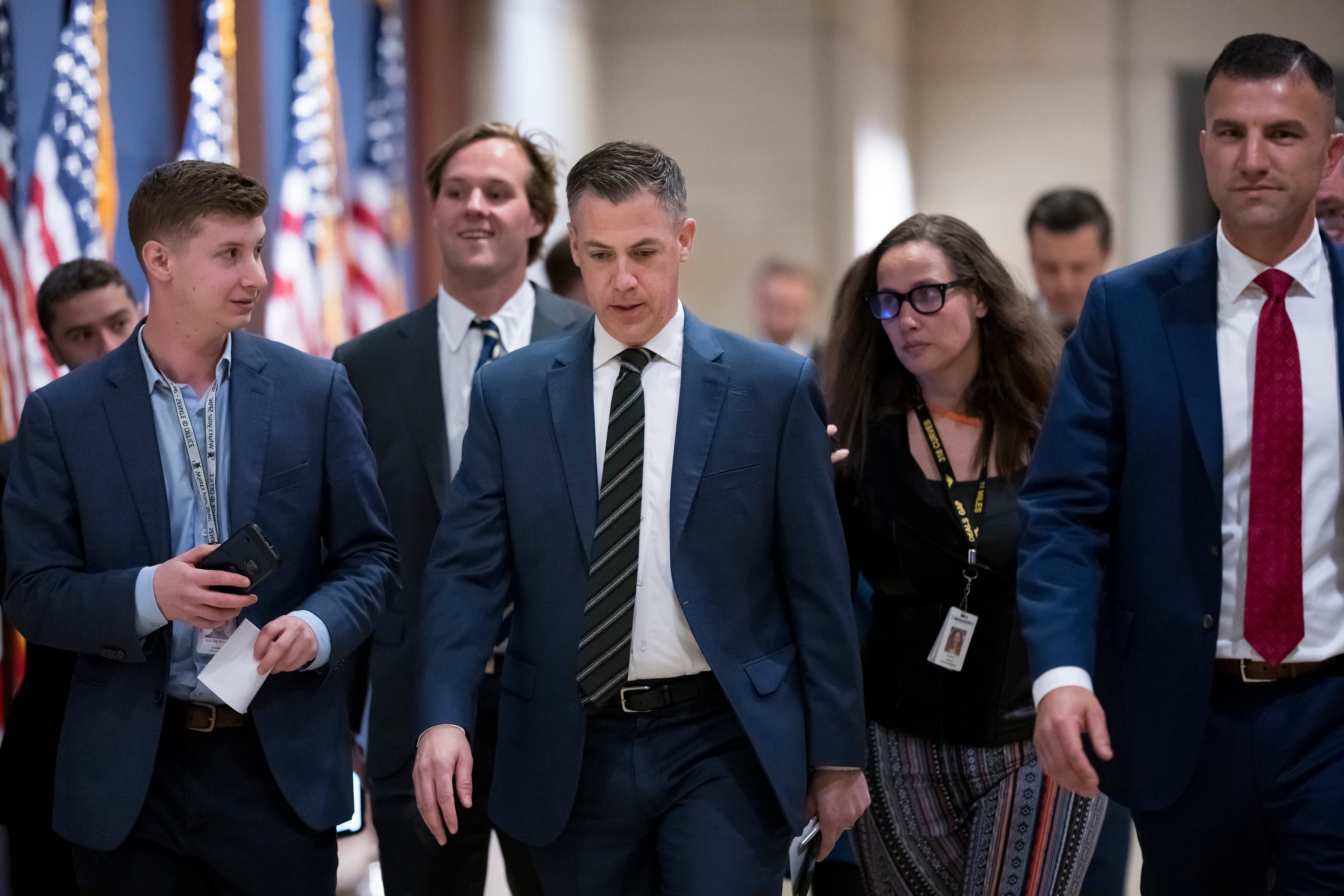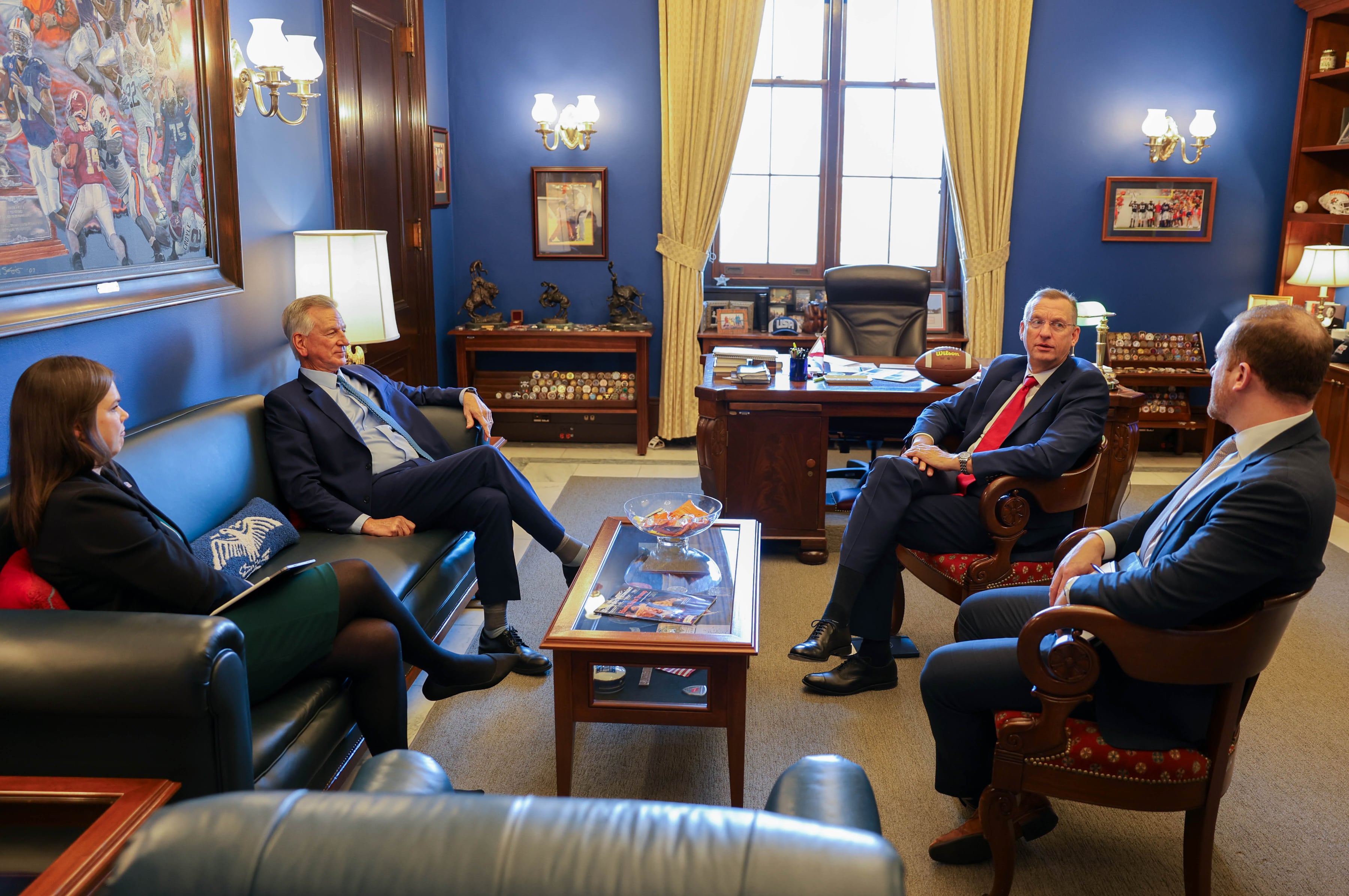The basic technology behind night vision gear has been in place for decades, though advancements in that technology have allowed soldiers to see farther and clearer in the dark.
If a new research project meets its goals, that all changes.
The Defense Advanced Research Projects Agency is seeking proposals for next-gen night vision goggles, which would be lighter, use more of the infrared spectrum and allow a soldier to share his view with his squadmates digitally.
They might even make you healthier. Here's what you need to know:
■ Program basics.
The program joined others on a recent DARPA solicitation of small-business proposals. Entitled "Next Generation Tactical Wearable Night Vision," it's listed as a U.S. Special Operations Command effort.
■ Requirements.
The new gear must offer 20/20 vision "at clear starlight," according to the solicitation, weigh less than current systems and hold up to existing durability standards. The system would be able to switch in and out of night vision mode in an instant — when a soldier moves from well-lit street into a dark alley, for example, offering what the solicitation calls "all-condition viewing."
It'll also need to run for 24 hours on a full charge and "support interface with tactical computing elements and communication systems, to include the transmission of sound and video to other team members."
■ Every soldier a digital cameraman?
That's the idea — DARPA hopes that advances in wearable, networked technology will allow for what amounts to streaming NVG video. The benefits are clear for any squad hoping to "own the night" against an enemy force that would likely have access to traditional, commercially available night vision technology.
■ Go virtual.
The camera won't be the only high-tech element of the new NVG — DARPA wants it to include a heads-up display that would "interact with emerging portable tactical computing," per the solicitation. It would do so using near-universal interface tools, allowing for inclusion in any future Army mobile communication system, or simply with a smartphone or tablet.
■ Save your neck.
The weight of the current goggles or monocle may not seem like much compared with the rest of a soldier's gear, but its uneven distribution can cause problems.
Those problems get worse if a soldier is in one spot for an extended period of time — in a prone position ready to fire a rifle, for instance. A 2012 Army Medicine publication said that combination leads to "significant exposure" to pinched nerves or other neck issues.
A survey of 88 aviators published that same year by the Army Aeromedical Research Laboratory said 58 percent of them complained of some type of neck pain, with night vision use identified as a key factor.
Kevin Lilley is the features editor of Military Times.





